In the accounts of February ECB meeting, it was argued that monetary policy in the current environment was to “ensure that inflation expectations remained firmly anchored ” and to “avoid the risk of the prevailing high inflation becoming entrenched.”
“Caution was expressed about basing the Governing Council’s assessment on wage data which were only available with a lag. In this environment, the main risk was no longer of tightening monetary policy too early but too late,” the accounts noted.
It’s also argued that “an earlier monetary policy normalisation would reduce the risk of abrupt tightening later on, which could potentially be associated with high economic and social costs.”
“In the light of the increased uncertainty and the heightened upside risks to the inflation outlook, the general view prevailed that the Governing Council should convey its increased alertness and should monitor incoming information carefully, in particular regarding second-round effects.”




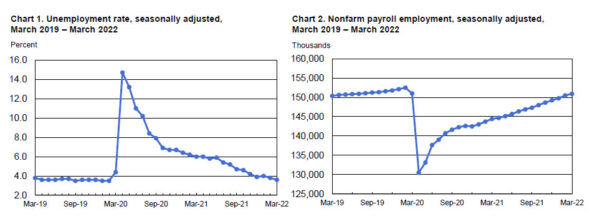
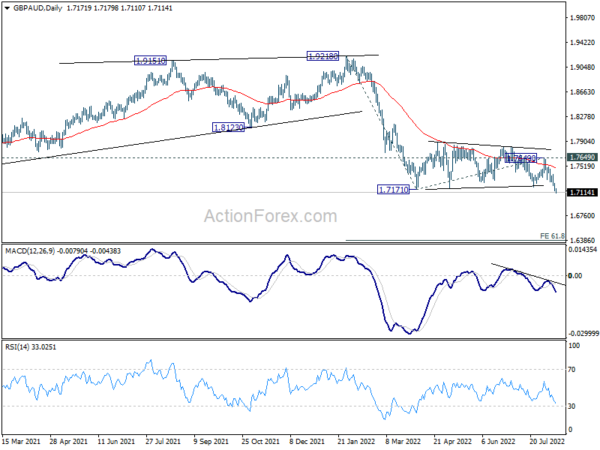
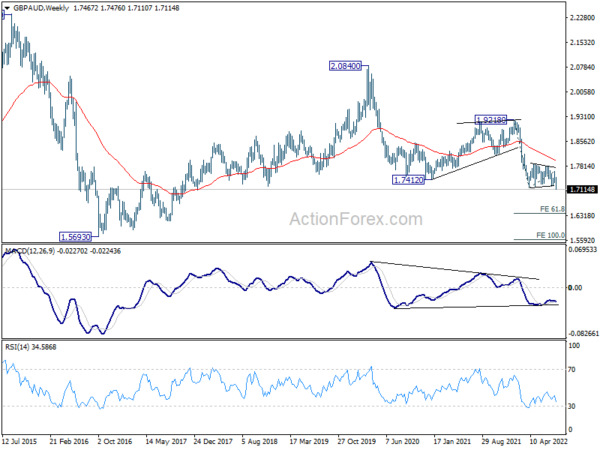
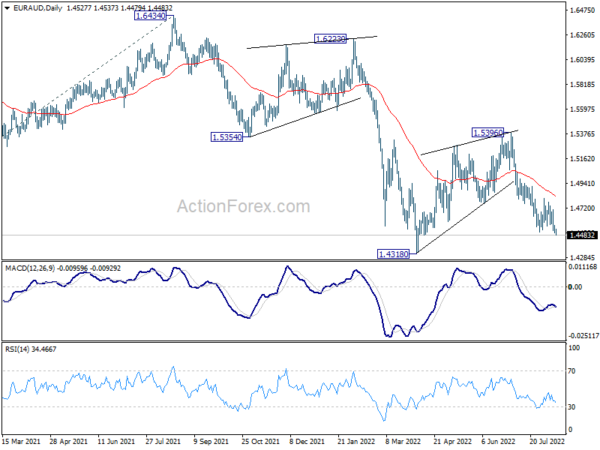
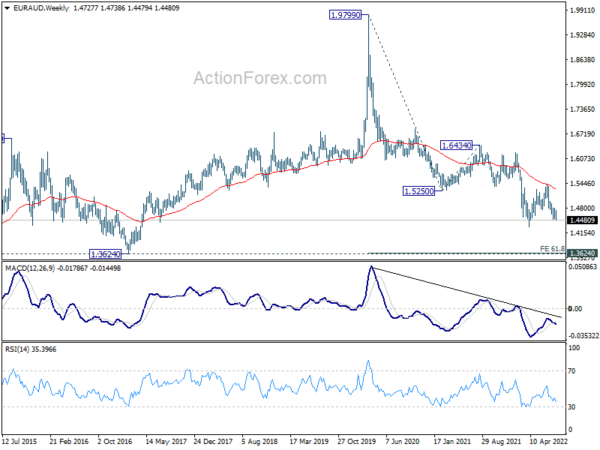
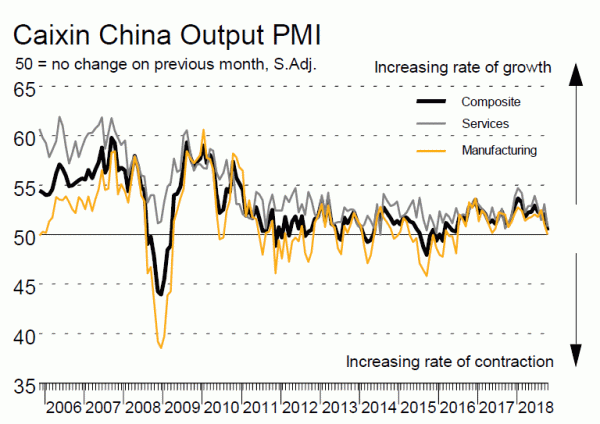
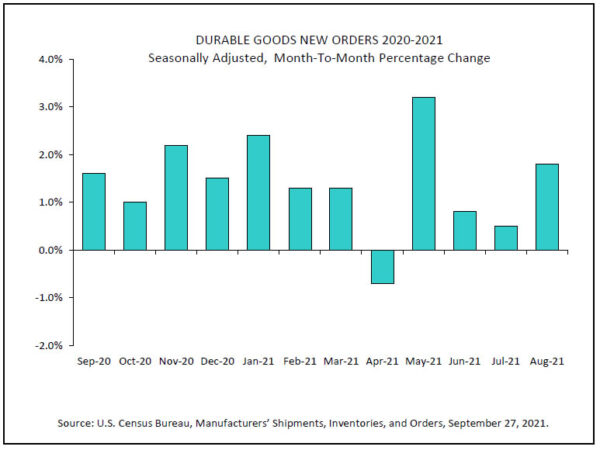
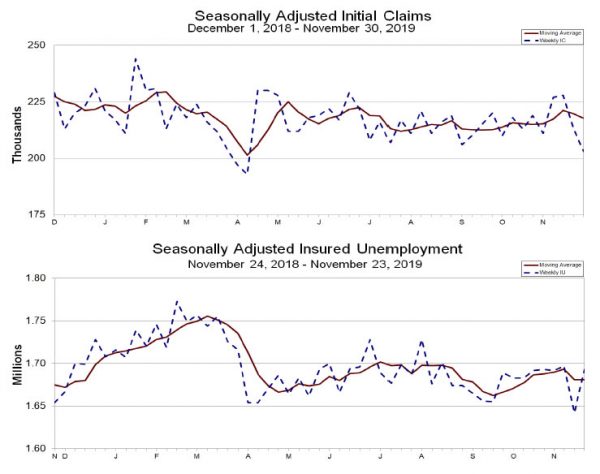
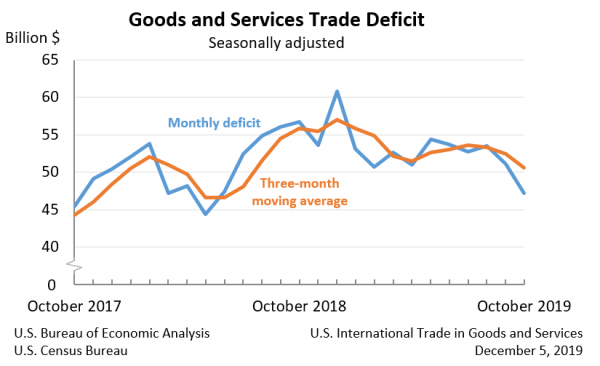
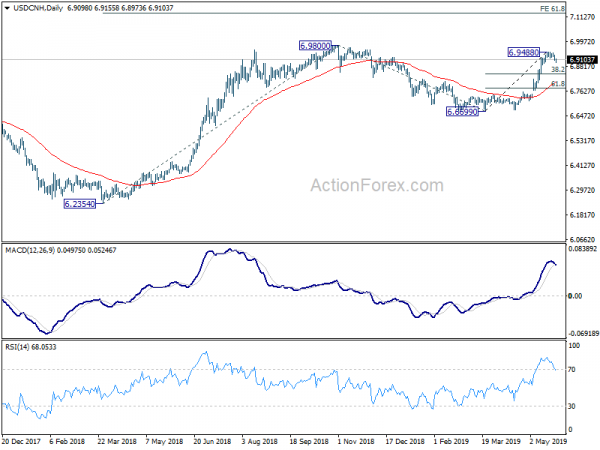
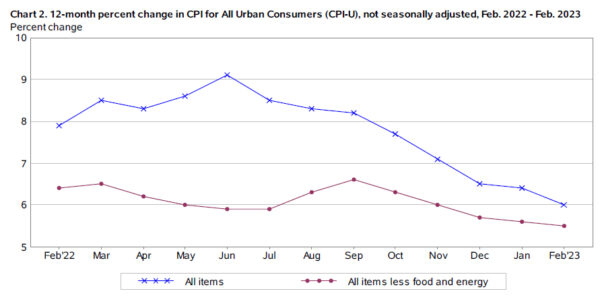
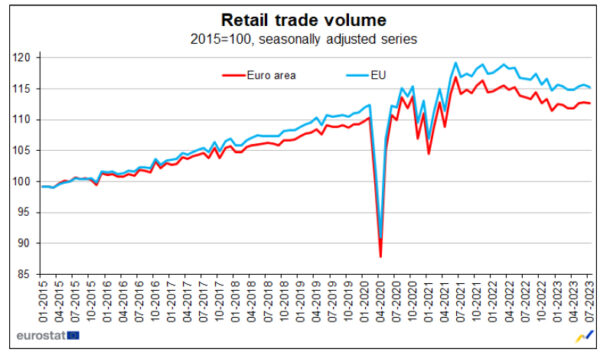
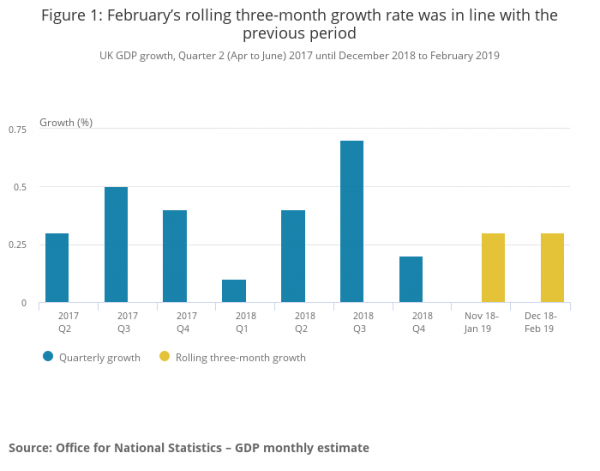
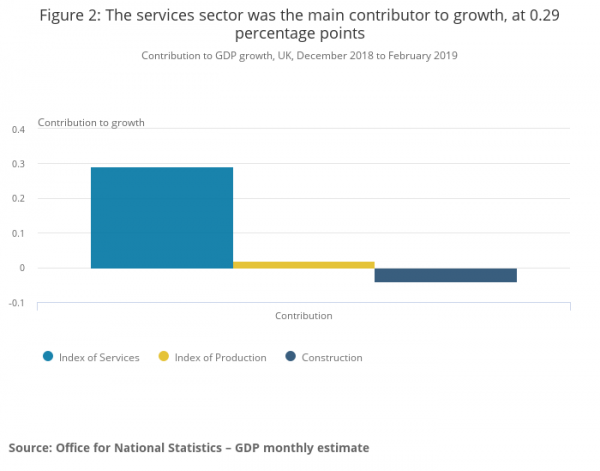
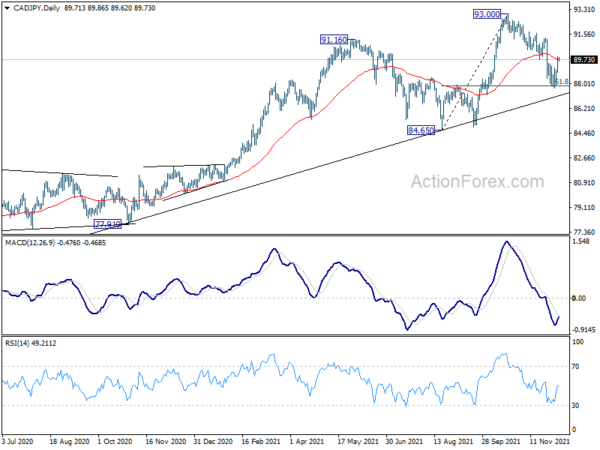
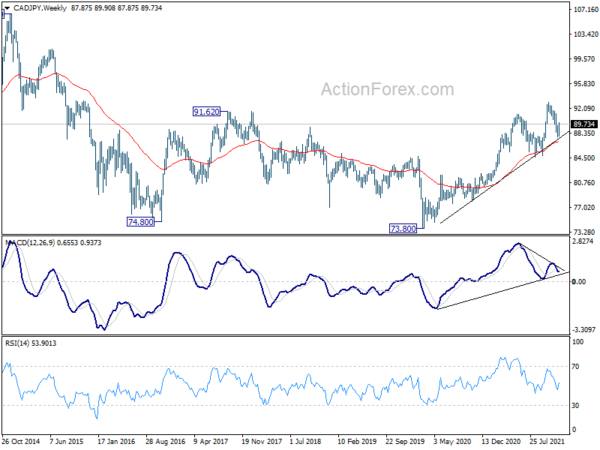
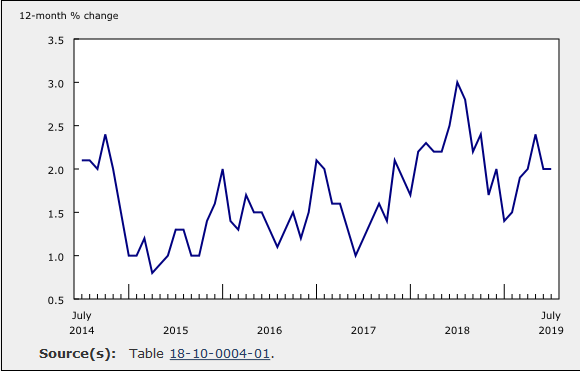
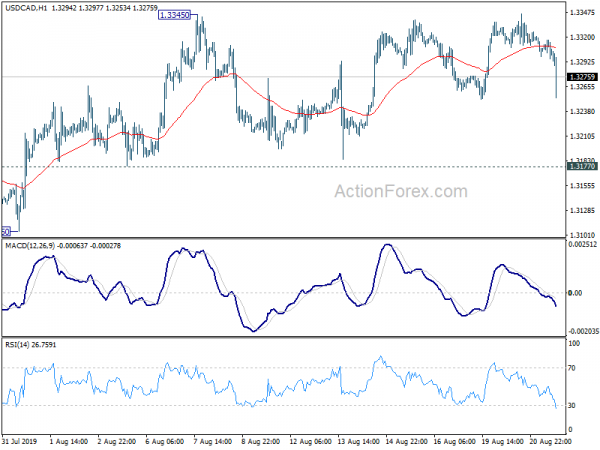
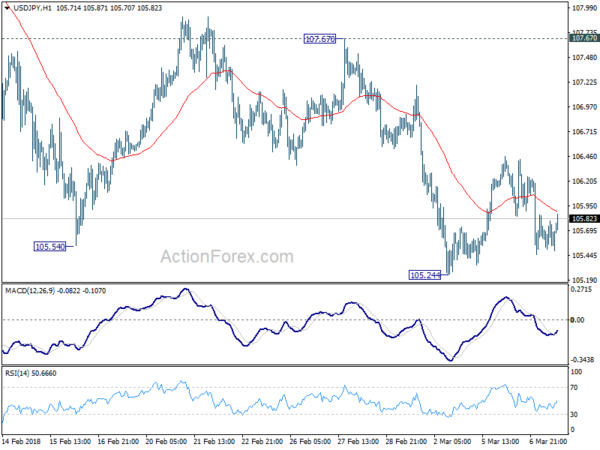
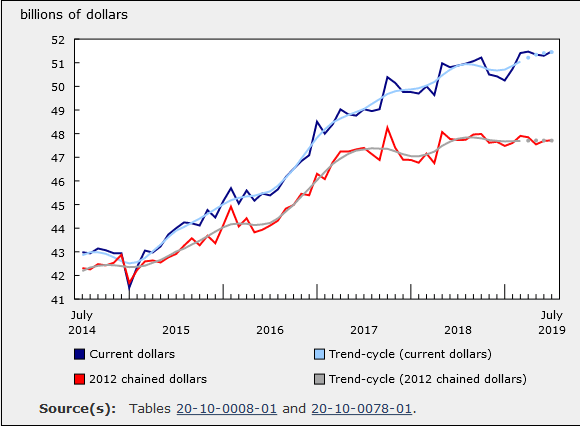
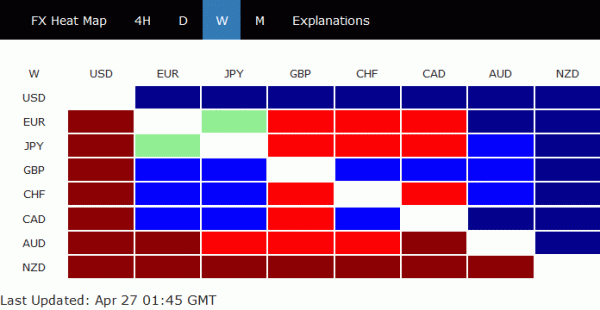
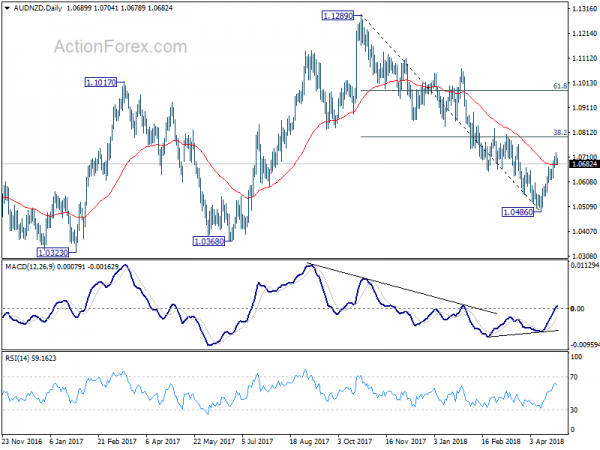

Yen mildly higher as Trump-Kim summit cut short, no agreement reached
Yen is given a mild lift on news that Trump-Kim summit in Vietnam is cut short, for unknown reason. Trump will pull ahead his scheduled media conference to 0700 GMT. And, for now, it’s unknown whether the scheduled “join agreement signing ceremony” would still be held.
White House spokeswoman Sarah Sanders confirmed that “the two leaders discussed various ways to advance denuclearization and economic driven concepts,” but “no agreement was reached at this time, but their respective teams look forward to meeting in the future.”
Earlier, both sides indicated progresses in denuclearization of the Korean Peninsula. Kim told reports that “If I’m not willing to do that, I won’t be here right now”. Trump responded by saying “that might be the best answer you’ve ever heard.”